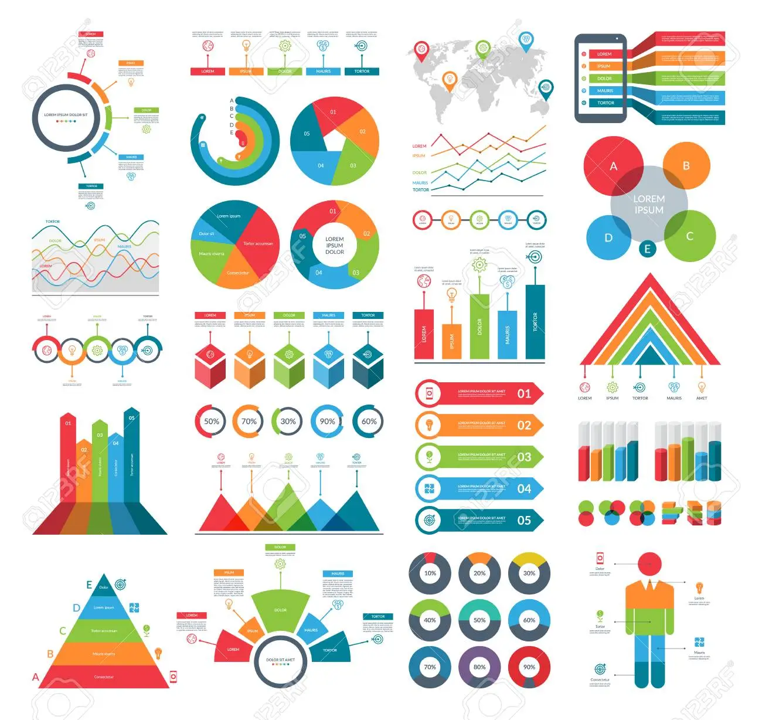The Prettiest Picture Wins
Fundraising is numbers, lots of them. Packaging and presenting data is a part of the job description. There’re reams of evidence that physical appearance matters to all sorts of decisions and outcomes and as it turns out, this holds for our data pictures too.
Pretty wins and it’s because of the halo effect where we overgeneralize from one good feature of a person or a chart (i.e. it’s pretty) and bestow that goodness on other, unrelated factors – e.g. competence, intelligence, trustworthiness.
This finding is robust across topic, industry sector, medium and chart type (e.g. tree, pie, box, schema, scatter, map).
The pretty chart finding still holds even if people find the chart interesting, understandable and in line with existing views. Make it pretty and even if all those factors are in your favor, they’ll trust the data more. And if those other attributes aren’t trending your way (uninteresting, less understandable, conflicts with existing views) then your only shot may be making it look good.

This finding isn’t just among the lay public. More beautiful graphs in scientific journals were associated with higher citations. Academics aren’t immune and in fact, there is some evidence that those with higher levels of formal education are even more susceptible to the beauty effect.
And beauty does more than build trust. It generates more comments and clicks in social media, for example.
Not even our innate personality traits can moderate this effect at least for Agreeable people and Conscientious folks, both of whom are equally likely to fall prey to trusting prettier visualizations.
And lest you think this isn’t worth spending time on your prettying up your visualizations, know that the effect sizes are big, explaining upwards of 20% of the trustworthiness of your data.
Kevin


